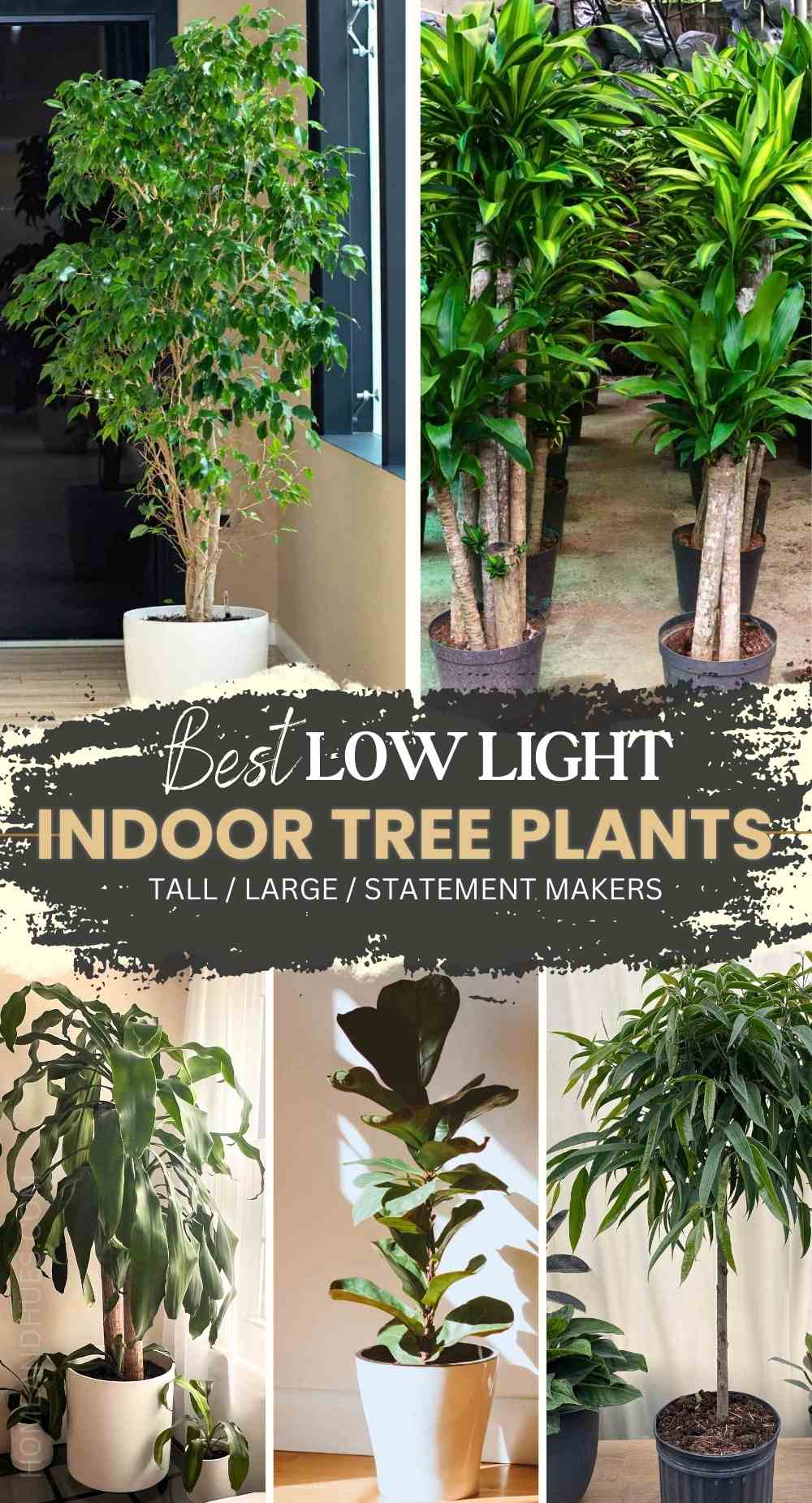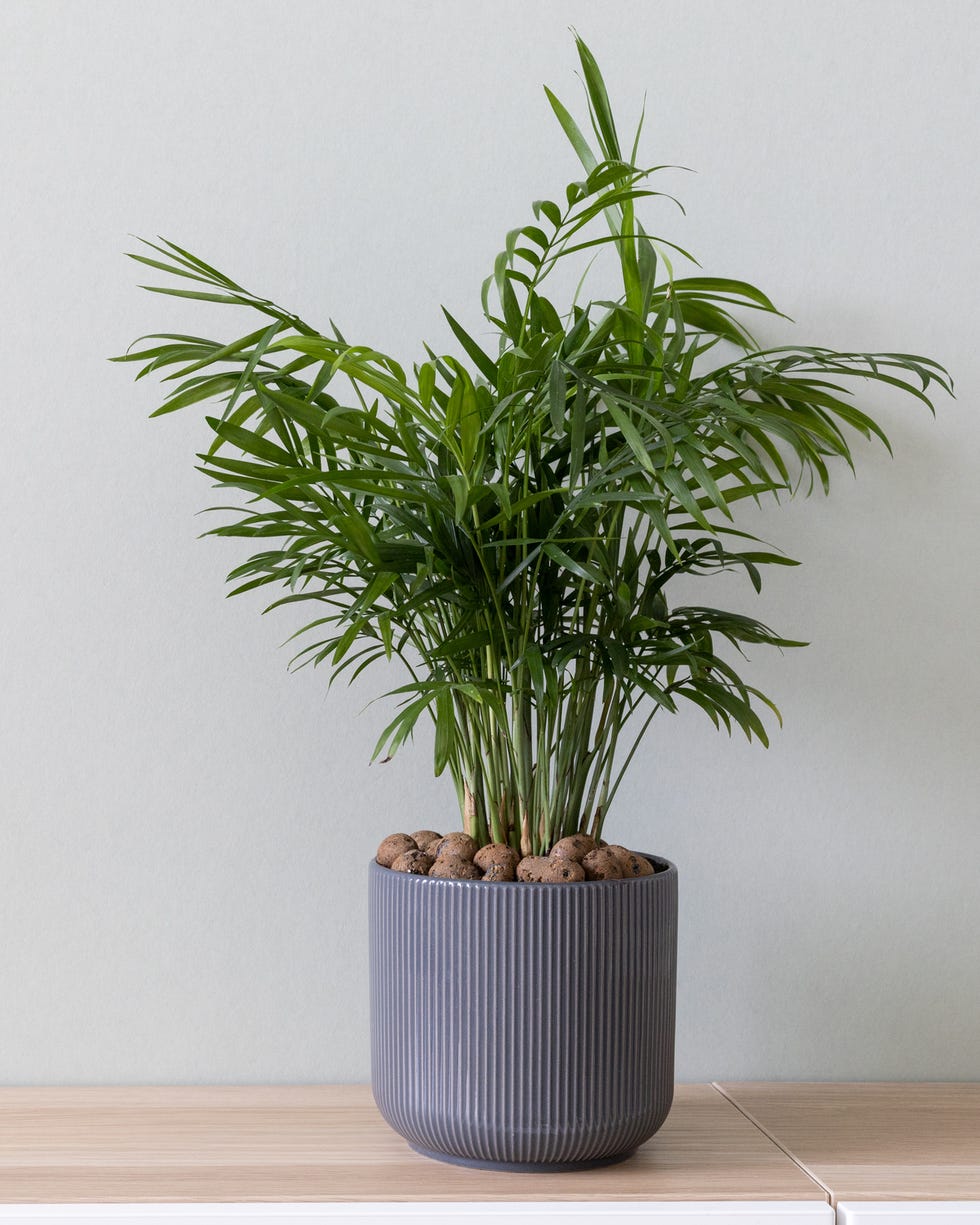Transform Your Home With Beautiful Low-Light Indoor Plants and Their Benefits
Integrating low-light indoor plants into your home can dramatically improve both the visual and environmental top quality of your home. These plants, which flourish in dark conditions, offer not only as decorative elements but additionally as all-natural air cleansers, making them suitable for city occupants or those with restricted sunshine direct exposure. As we discover the various types of low-light plants and their advantages, you may locate shocking means to integrate them into your home that can transform your environments in ways you might not have expected.
Benefits of Low-Light Plants
Low-light plants offer countless benefits for interior atmospheres, making them an exceptional choice for both novice and knowledgeable garden enthusiasts. One of the key benefits is their versatility to low-light conditions, permitting people to enhance their home without the requirement for considerable sunlight direct exposure. This characteristic makes them excellent for homes, offices, and various other areas with limited all-natural light.

Additionally, including low-light plants into home décor can raise the aesthetic allure of a room. Their rich vegetation and varied structures develop a calming environment, contributing to general health. The visibility of greenery has been linked to minimized stress degrees and enhanced productivity, making low-light plants a useful selection for enhancing both mental and physical health in interior settings.
Top Low-Light Indoor Plants
While lots of indoor plants flourish in intense light, a number of species are especially fit for low-light conditions, making them perfect for various indoor areas. One preferred option is the Snake Plant (Sansevieria), recognized for its striking upright fallen leaves and resilience, needing minimal care. Another excellent alternative is the Pothos (Epipremnum aureum), which includes heart-shaped fallen leaves and can track beautifully from shelves or hangers, flourishing in reduced light and including a rich touch.
The ZZ Plant (Zamioculcas zamiifolia) is commemorated for its shiny fallen leaves and ability to withstand overlook, making it excellent for active lifestyles. In a similar way, the Peace Lily (Spathiphyllum) not only endures low light but likewise creates stunning white blossoms, improving any type of space's aesthetic.
For a distinct touch, think about the Cast Iron Plant (Aspidistra elatior), which undoubtedly lives up to its name, flourishing in the darkest corners of your home. Last but not least, the Chinese Evergreen (Aglaonema) uses a variety of fallen leave patterns and shades while being extremely forgiving in low-light problems. These plants not just beautify interior environments but likewise add to air purification, enhancing your space.
Treatment Tips for Low-Light Plants

Sprinkling methods are critical; these plants often prefer somewhat completely dry conditions. Overwatering can lead to root rot, so make sure that the leading inch of soil is dry prior to sprinkling once again. Usage pots with water drainage holes to allow excess moisture to run away.
Humidity is another vital variable. Lots of low-light plants, such as ferns and tranquility lilies, take advantage of greater humidity levels. To raise moisture, take into consideration misting the fallen leaves or positioning a tray of water near the plants.
Fertilization should be come close to with care. Throughout the growing period, make use of a weakened, balanced Your Domain Name fluid plant food every month to sustain growth, however avoid feeding throughout the inactive cold weather.

Imaginative Ways to Present Plants
Interior plants can act as fascinating centerpieces in any area, boosting both visual charm and atmosphere. Innovative display screens can elevate the visual impact of low-light plants, making them an indispensable component of your home decoration. One effective method is to use tiered plant stands, which enable you to display multiple plants at differing heights while optimizing flooring room.
Hanging planters are another innovative alternative, developing a sense of deepness and attracting the eye up. Think about macramé hangers or wall-mounted shelves to present a special appearance and style.
For a more organized approach, use geometric terrariums or glass containers to house your plants, adding a modern-day touch to your interior yard. You can additionally repurpose vintage items, such as teacups or wooden crates, for an eclectic screen that reflects your individuality.
Enhancing Home Setting With Plants
Integrating low-light plants right into your home not just enhances visual allure but also adds dramatically to the total setting. These plants act as all-natural decor elements, introducing a sense of harmony that can transform any type of space. The visibility of plant promotes a relaxing atmosphere, which is especially useful in high-stress settings such as home workplaces or living areas.
Low-light plants, such as snake plants, pothos, and ZZ plants, are not only aesthetically pleasing yet likewise enhance interior air high quality by filtering toxins. This dual feature boosts the ambiance better, producing a healthier home (Best low-light indoor plants). The tactical positioning of these plants can also affect the assumption of space; as an example, high plants can draw the eye up, making ceilings show up higher and spaces much more roomy
Additionally, varying structures and colors of vegetation add deepness to interior design, permitting innovative expression in home designing. Whether put on racks, in corners, or as centerpieces, low-light plants can raise the state of mind of any kind of area. In summary, integrating these plants into your home is an effective means to foster a warm, inviting ambience while enjoying the benefits of improved air quality and aesthetic convenience.
Conclusion
Incorporating low-light indoor plants into home environments uses countless benefits, consisting of boosted aesthetic allure and boosted air top quality. These resistant plants, such as the Snake Plant and Peace Lily, call for very little This Site light and upkeep, making them suitable check my site for diverse way of lives. Their capacity to filter toxins contributes to a healthier space, while their diverse appearances and shades improve indoor decor (Best low-light indoor plants). Eventually, the inclusion of low-light plants fosters a calm and inviting setting, transforming any home into a serene sanctuary.
While many interior plants thrive in bright light, a number of types are particularly well-suited for low-light problems, making them optimal for various interior rooms. One efficient method is to make use of tiered plant stands, which permit you to display multiple plants at differing heights while making the most of floor area.
Low-light plants, such as snake plants, pothos, and ZZ plants, are not only aesthetically pleasing yet additionally improve indoor air quality by filtering contaminants. Best low-light indoor plants. The strategic positioning of these plants can also influence the perception of space; for instance, tall plants can draw the eye up, making ceilings show up higher and rooms much more large
These resilient plants, such as the Serpent Plant and Tranquility Lily, need minimal light and upkeep, making them appropriate for diverse lifestyles.